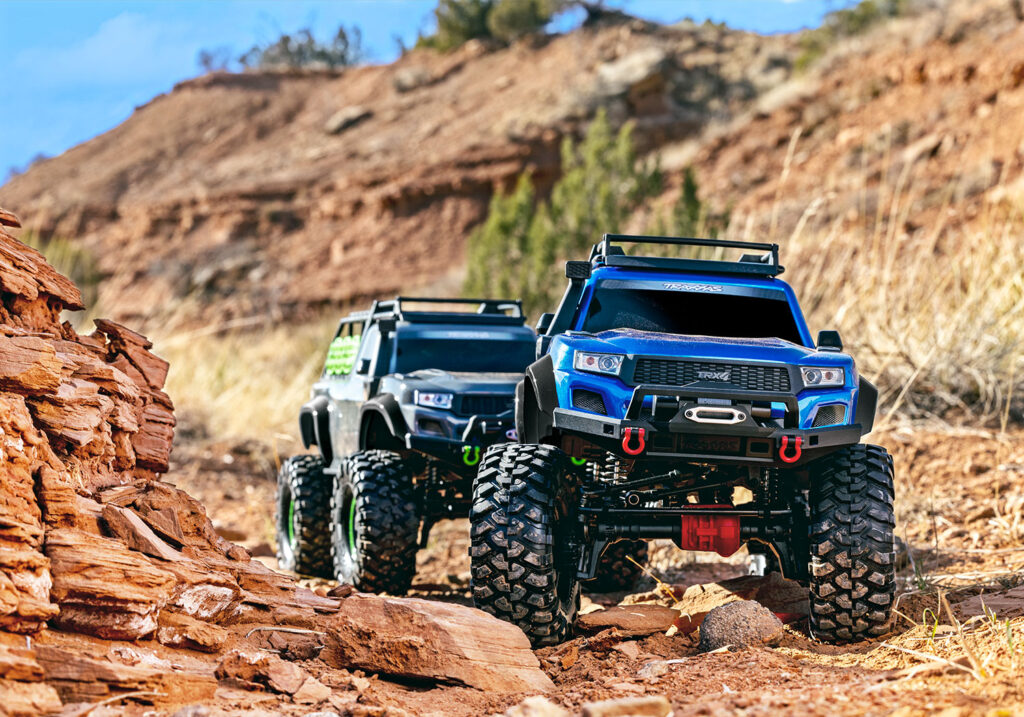
Brushless RC cars represent an advanced, high-performance segment of the radio-controlled car hobby. Unlike traditional brushed RC cars, brushless models utilize innovative electronic commutation in their motors to deliver extreme speed and acceleration, extended runtimes, precision control, and reduced maintenance needs. For experienced RC enthusiasts seeking the next level of racing and bashing thrills, brushless RC cars provide an unparalleled experience not found in cheaper brushed options. This guide will explore what makes brushless RC cars unique, their advantages, how to choose the right one, maintenance tips, and whether these powerful models are worth the investment for hardcore hobbyists.
What are brushless RC cars?
Brushless RC cars are radio-controlled model cars that use brushless motors instead of traditional brushed motors. The key difference lies in the motor construction. Brushed motors use physical carbon brushes to transfer current to the spinning armature. This causes friction and wear over time.
Brushless motors eliminate the brushes and instead use electronic commutation to control the current flow and timing. This makes brushless motors more efficient, powerful, and durable. The magnets in a brushless motor rotate around a fixed armature, opposite of a brushed motor.
Brushless RC cars first emerged in the 1990s and have continued gaining popularity among RC enthusiasts. Compared to brushed RC cars, they offer better acceleration, top speeds, runtime, and require less maintenance. Brushless motors also generate less heat and noise. However, brushless RC cars tend to be more expensive upfront.
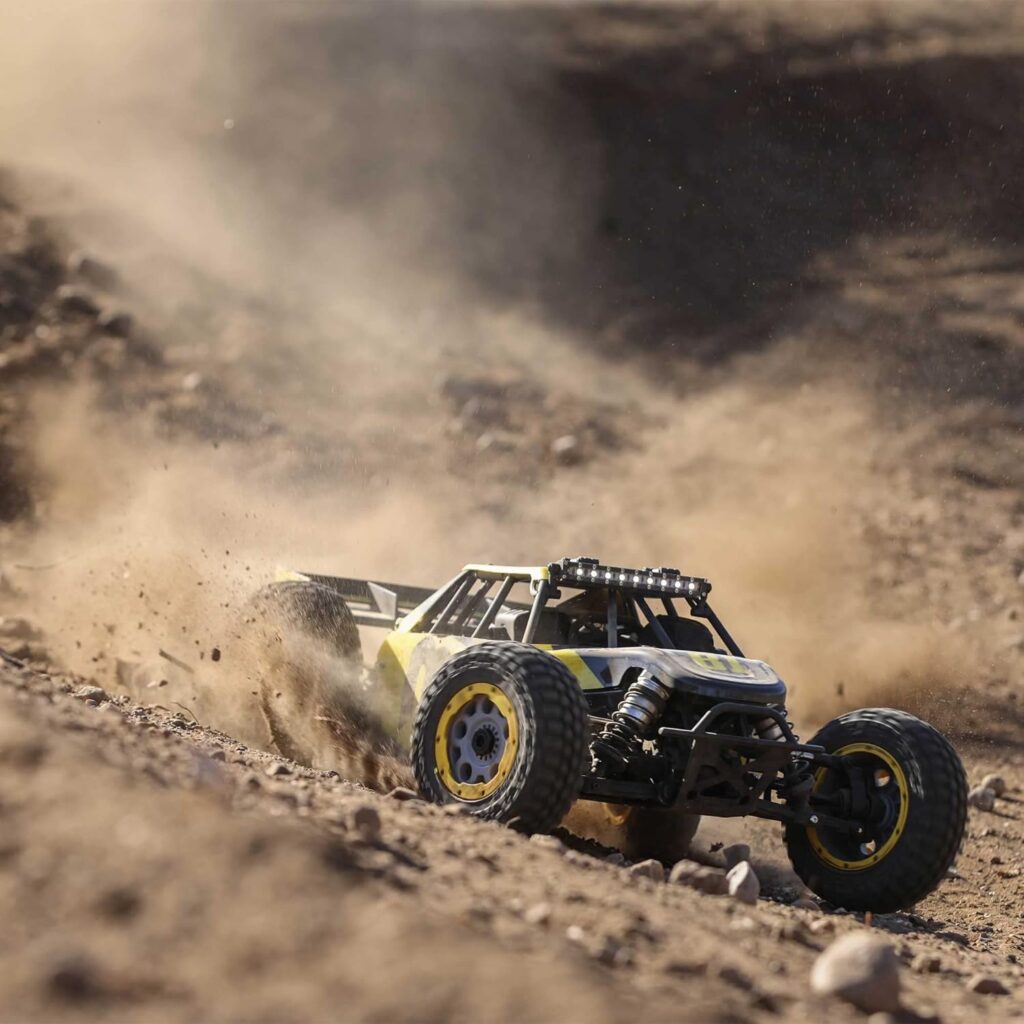
What is the difference between brushless and brushed motors?
The main difference between brushless and brushed motors lies in how current is transferred to the rotating part of the motor.
Brushed motors work by passing current from stationary carbon brushes to a spinning armature. The brushes press against the rotating commutator to energize the coils and generate torque. However, the physical contact causes friction, sparking, and wear on the brushes over time. This makes brushed motors less efficient and requires periodic brush maintenance.
In contrast, brushless motors have the magnets on the rotating part called the rotor, surrounding coils attached to the motor housing called the stator. Current is sent to the stator coils in a timed sequence using an electronic speed controller. This electronic commutation eliminates the need for brushes.
Without brushes, brushless motors experience less friction and wear. This allows them to be more efficient, generate less heat, and have a longer lifespan. Brushless motors are also capable of higher rpm speeds. Additionally, their electronic control allows for precise speed regulation and rapid acceleration or braking.
Downsides of brushless motors include higher costs and complexity. Overall, the brushless design enhances performance, durability, and efficiency compared to brushed motors. For applications like RC cars, the advantages of brushless motors are worth the tradeoffs.
How does a brushless motor work?
A brushless motor consists of two main components – a rotor with permanent magnets and a stator with wound wire coils. The rotor spins freely inside the stator. The key is that current is supplied to the stator coils in a specific sequence to create a rotating magnetic field that interacts with the rotor’s magnetic field.
Inside the stator are three sets of coils connected in a star pattern. Each of these coil sets are energized one at a time by the electronic speed controller, creating a magnetic pole that activates the rotor. Sensors tell the controller when to switch coils by monitoring the rotor’s position.
As the first stator coil energizes, the rotor magnets align to the activated stator pole. When the rotor reaches alignment, the controller engages the next coil, pulling the rotor magnets into place with the new magnetic field. This is done rapidly to keep the rotor spinning.
The cycling of the coil currents combined with the rotor’s magnets causes continuous rotational force. The speed is controlled by how fast the coils are energized. Reverse wiring of the coils allows the motor to run in either direction.
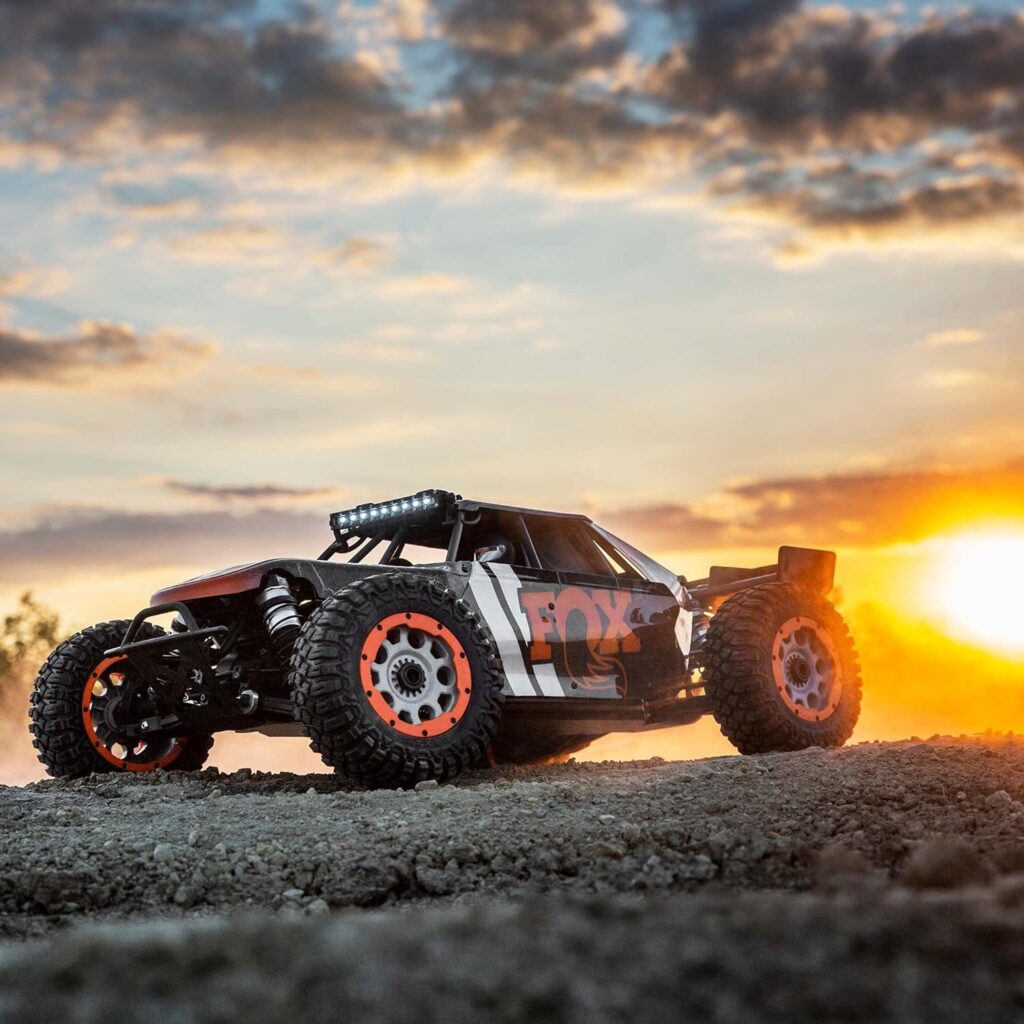
What are the advantages of brushless RC cars?
Brushless RC cars provide multiple advantages over brushed RC cars in terms of power, speed, efficiency, and durability.
Firstly, brushless motors deliver more raw power and torque thanks to having stronger neodymium magnets. This translates to faster acceleration and higher top speeds. Brushless RC cars can reach over 50mph, while brushed models top out around 30mph.
Secondly, the efficiency gains from electronic commutation instead of mechanical brushes means less energy gets wasted as heat. This improves runtimes per battery charge. Less friction also contributes to increased efficiency.
Thirdly, with no brushes to wear out, brushless motors have a much longer lifespan. Brushless RC cars can run for years with less maintenance required. The reduced friction also puts less load on components like the drivetrain.
Finally, brushless motors have superior heat management and generate less interference. This allows them to operate more reliably at high power outputs without overheating or radio glitches.
Who are brushless RC cars suitable for?
Brushless RC cars are best suited for experienced RC hobbyists looking for top-tier speed and performance. The key advantages of brushless power appeal most to enthusiasts who want to experience intense racing or bashing.
Specifically, the increased power output enables brushless RC cars to reach over 50mph, allowing for high-speed racing. The rapid acceleration also provides a thrill during bashing around a track or course. Brushless cars can traverse rougher terrain and make bigger jumps than brushed models.
Additionally, the reduced maintenance needs of brushless motors works well for those who want to spend more time driving and less time repairing. The longevity of brushless cars means enthusiasts can enjoy them for years before upgrades are necessary.
However, brushless RC cars require more skill to control due to their sheer power. Beginners may find brushed RC cars more manageable to operate. Brushless vehicles also cost more upfront, so the initial budget needs to be higher.
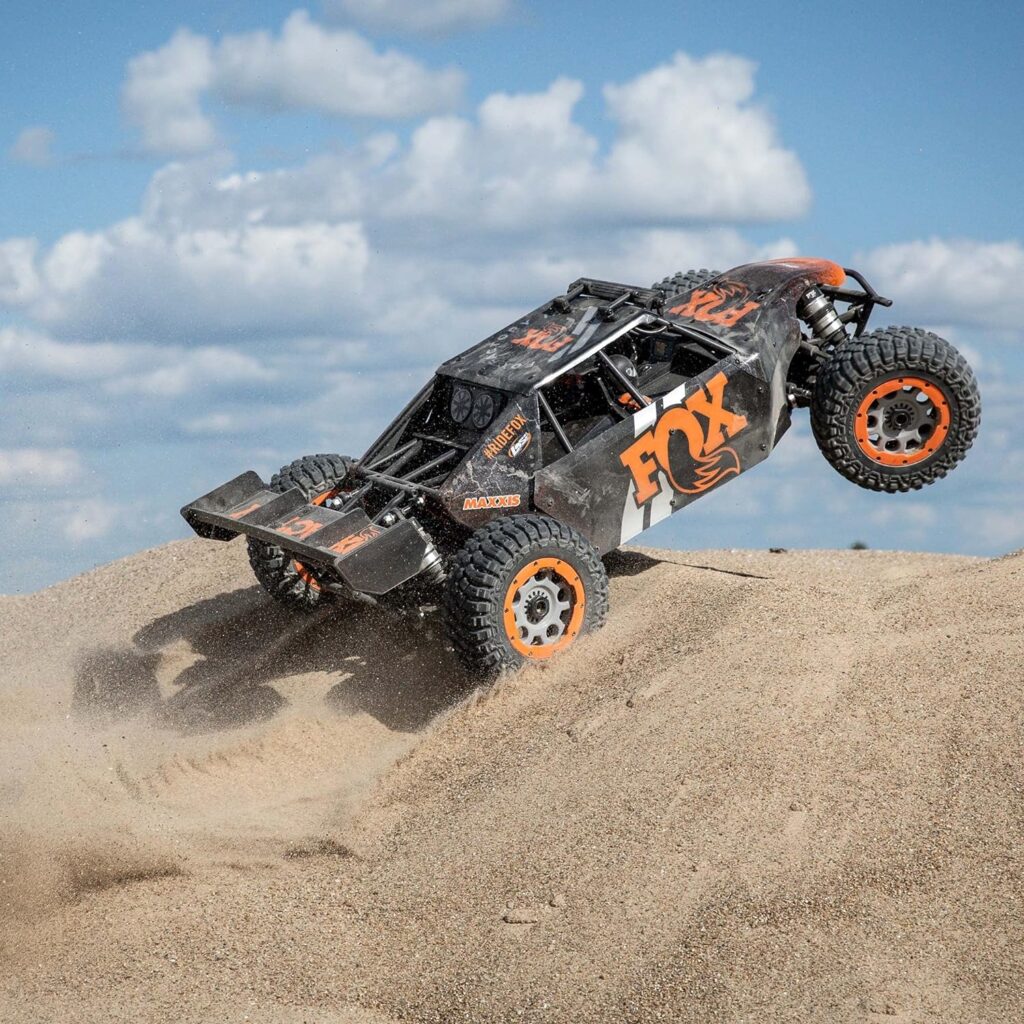
How to choose the right brushless RC car?
Choosing the right brushless RC car involves considering your skill level, intended use, and budget. It also requires understanding key specifications of brushless models.
First, determine if you want a ready-to-run (RTR) model that comes fully assembled, or a kit you can build yourself. Kits allow more customization but require DIY effort.
Next, decide on car type and scale – stadium racers, short course trucks, monster trucks, and rock crawlers each have pros and cons. Larger 1/5 or 1/6 scale cars handle rougher terrain better than smaller 1/10 models.
Look at the motor specifications like KV rating which indicates rpm per volt applied. Higher KV generally provides faster top speed at the cost of some controllability. Consider gearing as well – higher gear ratios boost acceleration and speed.
Also factor in the electronic speed controller (ESC). ESC should be rated for at least 15% more than the motor’s maximum current draw for safe headroom.
Finally, read user reviews and watch videos to pick a durable, high-performing brushless RC car suited to your experience level and budget. Take your intended terrain into account too.
What are the maintenance tips for brushless RC cars?
While brushless RC cars require less maintenance than brushed models, they still need some care for optimal performance and longevity. Here are some tips:
- Inspect the chassis before and after runs for loose parts or damage. Tighten screws and replace any broken parts. Check for debris stuck in moving parts.
- Clean the car after dirty runs to remove mud, dirt and dust. Use compressed air and a soft brush to clean motors. Avoid wet cleaning or water exposure on electronics.
- Check tire treads and replace when worn. Rotate tires periodically to equalize wear. Keep tires inflated to proper PSI levels.
- Lubricate drivetrain components like differentials with RC car oil. Grease any plastic or metal gears.
- Check shocks and suspensions for leaks and smooth motion. Rebuild or replace shocks when they feel loose.
- Monitor battery voltage after runs. Fully recharge LiPo batteries before storage. Store at around 50% charge if being stored for weeks.
- Verify electronic connections are tight and free of corrosion. Check solder joints for cracks or faults.
- Test drive at slower speeds to ensure steering and throttle respond correctly. Tune gear mesh if needed.
Regular inspection, cleaning, lubrication and part replacement when needed will help maximize the performance and extend the lifespan of a brushless RC vehicle. Proper electronics and battery care is vital too.
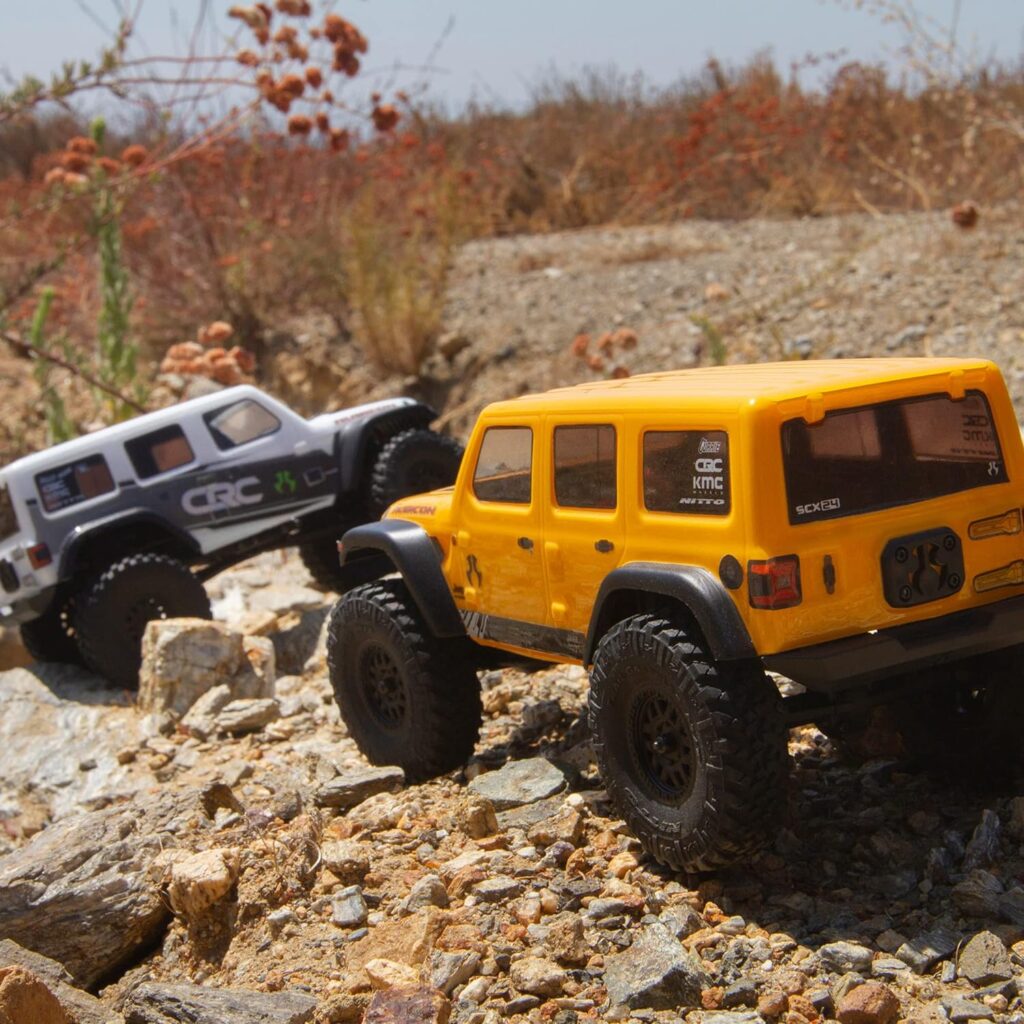
Are brushless RC cars worth buying?
For RC enthusiasts seeking premium speed and power, brushless RC cars are definitely worth the investment despite their higher upfront costs.
The unrivaled acceleration, top speeds, and runtimes of brushless motors allow for next-level racing and off-road adventures not possible with brushed models. Their increased efficiency and reduced friction generate less heat and wear too.
With no brushes to replace, brushless cars require less maintenance and can be enjoyed season after season. Repairs are needed far less frequently. This makes them more convenient and cost-effective in the long run.
Another benefit is advanced controllability from modern electronic speed controllers. This allows precision throttle and braking for maneuvers that would be difficult with a brushed motor.
The only real downsides are the steeper initial price and advanced skill required. However, for serious RC hobbyists who have mastered brushed cars, upgrading to brushless delivers an exciting new tier of performance. The power and longevity justify brushless RC cars as smart, worthwhile investments for experienced drivers.
So for those seeking the ultimate RC experience, brushless cars like the Traxxas X-Maxx and Arrma Kraton are the way to go. Take time to learn their increased capabilities and brushless cars will provide years of intense fun.
Enjoyed this guide of brushless RC cars? Then be sure to check out our other RC Rating guides.